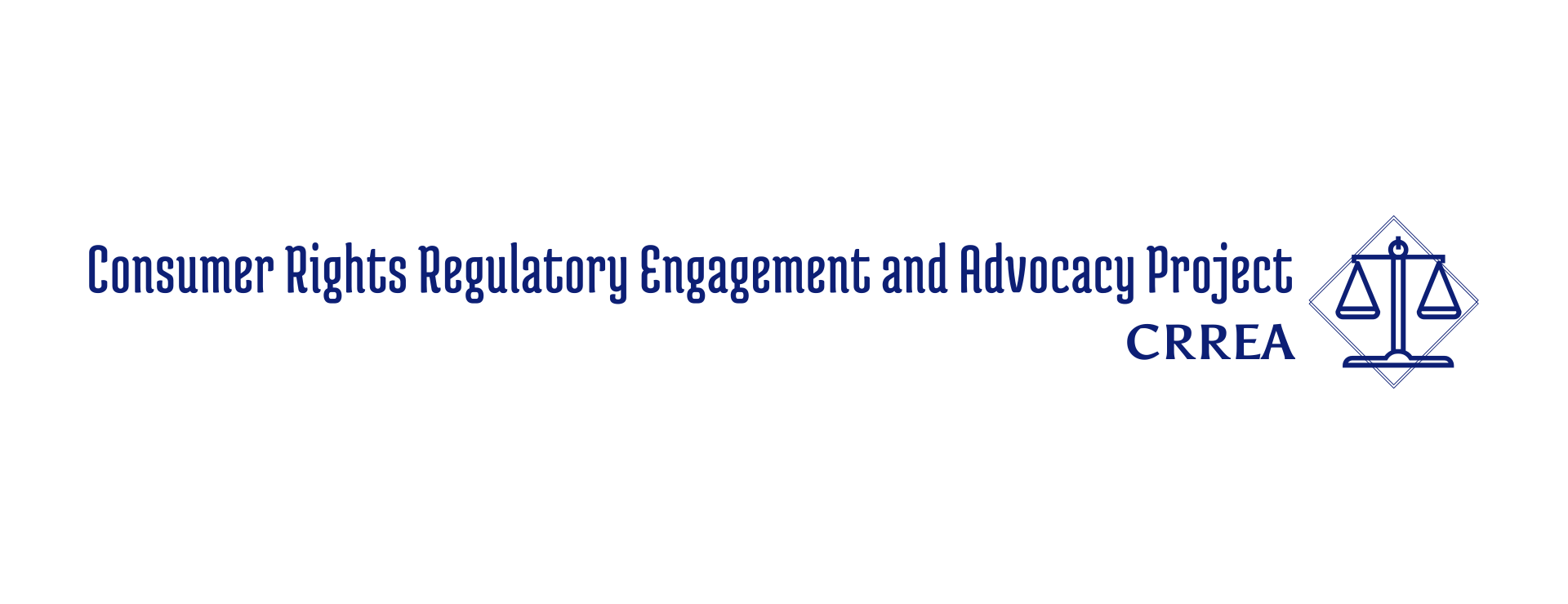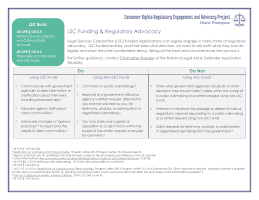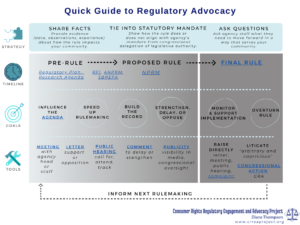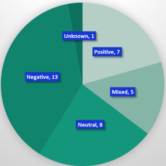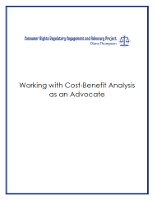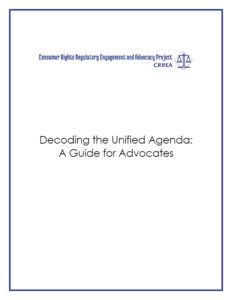CRREA Project Regulatory Advocacy Materials
In order to promote racial and economic equity, CRREA Project provides materials about regulatory advocacy. Our materials provide quick, practical tips on strategies and tactics that work.

LSC Funding & Regulatory Advocacy
CRREA Project Quick Guide Series
Despite restrictions on lobbying, advocates at Legal Services Corporation (LSC)-funded organizations can participate in regulatory advocacy.
Whether responding to a request for comment or providing information to agencies about the impact of agency practices on client communities, LSC-funded advocates can and should work with federal and state agencies on behalf of the marginalized communities they serve.
Regulatory Advocacy Glossary
CRREA Project Quick Guide Series
As we’ve developed the resources on this site, we’ve received questions about some of the terms we use to describe regulatory advocacy. We’ve created a glossary to explain what we mean (and we link to it on the Quick Guide to Regulatory Advocacy).
You may find the glossary useful if you have questions about the nuts and bolts of setting up a meeting with an agency. Or the difference between an NPRM and ANPRM. Or what all these acronyms even stand for!
This glossary is a living document. As we identify new terms that need clarification, we’ll be working to add them. Please reach out if you think of something you’d like to see added to the glossary or you see something we’ve gotten wrong.
Regulatory Advocacy
CRREA Project Quick Guide Series
New to regulatory advocacy? Trying to figure out what you can do at what stage of the rulemaking? Want to know how to influence an agency’s agenda?
We have a new regulatory advocacy mapping tool that can help you match tactics to goals to where you are in a rule’s life cycle to overall strategy.
We know you will have questions or may want to know more about some of the terms, so we’ve created a glossaryto go along with it. We’ll have more to say on that soon. In the meantime, we hope this framework is useful for your advocacy—please let us know your thoughts!
How to Comment
CRREA Project Quick Guide Series
Federal agencies issue thousands of rules every year, and these affect our lives in even more ways. Luckily for those who want to have a say in rulemaking, agencies are required by law to consider suggestions and concerns you may have about many kinds of rules. This happens through a process called “notice and comment” rulemaking.
How to Comment is a one-page guide to the basics of influencing the process and rules you care about by submitting a formal comment.
The Congressional Review Act: The Basics
CRREA Project Quick Guide Series
As Election Day 2020 approaches, we’ve received questions from regulatory advocates about how a new Congress and president could use the Congressional Review Act (CRA) to overturn some of the previous administration’s rules, whether regulatory or deregulatory. There’s good reason to be wondering about this: the CRA’s “lookback” provision may well put rules published now within the next Congress’s reach to overturn using the fast-track procedures available under the CRA. To help answer some of these questions, we’ve developed, “The Congressional Review Act: The Basics.”
Working With Cost-Benefit Analysis as an Advocate
Using the language of cost benefit analysis to explain how people are harmed by unjust policies makes it more likely that your argument will be heard, understood, and judged credible and relevant by regulators.
Cost-benefit analysis is often framed as neutral and objective. When advocates present familiar arguments in cost-benefit language, they both maximize their impact and reshape the data that “matter.” Using the language of cost-benefit analysis to explain how people are harmed by unjust policies makes it more likely that your arguments will be heard, understood, and judged credible and relevant by regulators. And, if an agency fails to consider relevant cost-benefit information in rulemaking, the rule is more likely subject to challenge under the Administrative Procedure Act.
Decoding the Unified Agenda
A GUIDE FOR ADVOCATES
Decoding the Unified Agenda will help you to decide whether to commit resources and engage with the rulemaking process.
Federal regulatory agencies publish their plans for rulemaking in the spring and fall. These plans for rulemaking are known as an agency’s “Unified Agenda.” The Unified Agenda provides a treasure trove of information that can aid advocates, policymakers, and leaders of social movements to decide whether to engage and commit resources to advocacy on a particular rulemaking. However, this information is often presented in jargon and coded language. This guide will empower you to decode the Unified Agenda.
